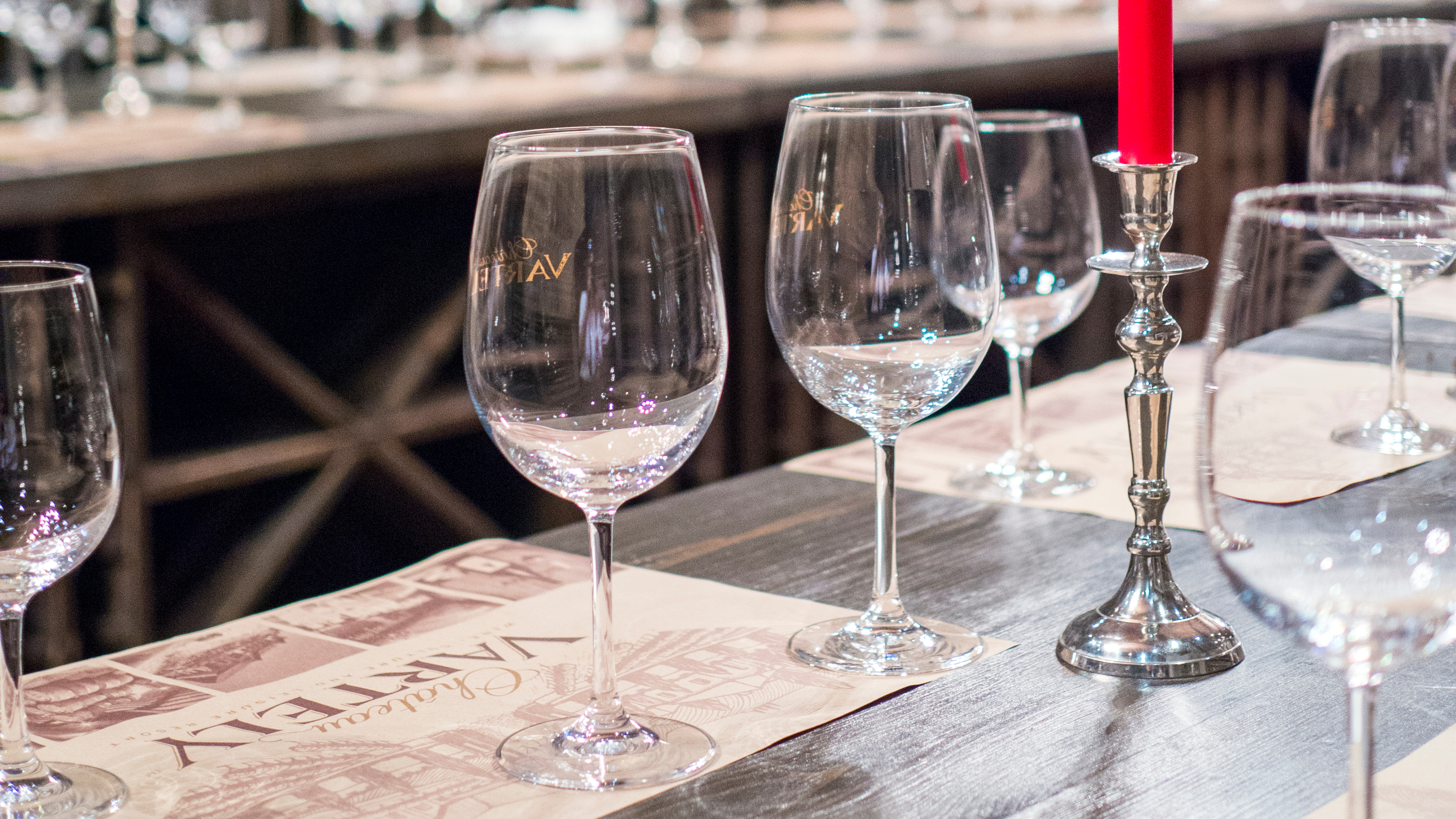Why You're Drunk: Wine Glasses Are 7 Times Bigger Than They Used To Be
Like many of us, you may be heading out for a civilized evening of enjoyable chatting and wine-drinking, only to find yourself sobbing and drunk-texting an ex during the cab ride home. What the hell happened? Turns out, you can blame your glassware, as today's wine pours are multiple times larger than they were a few centuries past medieval times (not at Medieval Times, though, because those barkeeps are exceedingly generous).
NBC News reports today that the buzzkills at the British Medical Journal announce in this year's Christmas issue:
Wine glass capacity increased from 66 ml (2.2 ounces) in the 1700s to 417 ml (14 ounces) in the 2000s, and the mean wine glass size in 2016-17 was 449 ml (15 ounces).
2.2. ounces! Isn't that the amount of the tasting they now give you to make sure the wine isn't corked or whatever? The BMJ points out that while spirits and ales were popular for the masses in olden times, wine was for the elite, snooty set, so likely not available in such vast quantities. Wine drinking for all started picking up steam in the 20th century, increasing fourfold between the 1960s and the 1980s, then doubling again in the 1990s. Plate sizes also increased as food consumption grew alongside drink consumption; the BMJ points out that "larger wine glasses can also increase the pleasure from drinking wine, which may in turn increase the desire to drink more." You don't say.
While the wine glasses themselves are larger, that doesn't mean anyone is going to actually fill that 15-ounce glass to the brim (if only!). But it seems clear that there is now much more room for the average six-ounce pour offered by generous restaurants. Something to keep in mind on your next wine outing: Your centuries-ago ancestors would need about three servings in their dinky little glasses just to keep up with one of yours.
